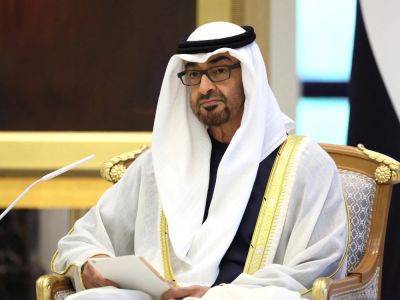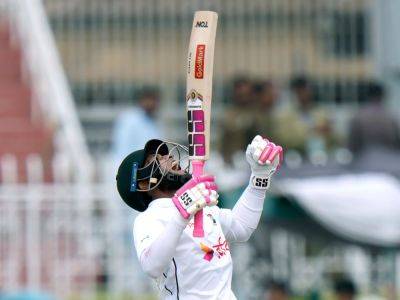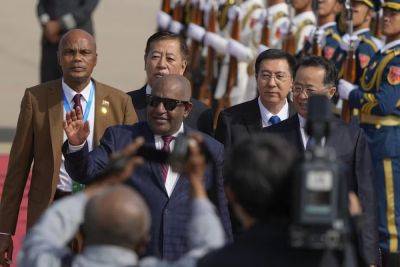Students in Bangladesh forced out the country’s leader a month ago. Where do things stand now?
DHAKA, Bangladesh (AP) — A month ago, a student-led movement ousted Bangladesh’s prime minister, Sheikh Hasina, after weeks of protests and clashes that killed over 600 people and pushed the country to the brink of chaos.
What began as student protests over government jobs became a large-scale revolt against the country’s longest-serving prime minister.
Hasina, 76, fled to India on Aug. 5 as anger against her government swelled. But the ouster triggered more violence. Police went on strike and mobs rampaged across the country until a new interim government led by Nobel Peace Prize laureate Muhammad Yunus was sworn in.
Here is where things stand now, a month after the country was roiled by its worst bloodshed in decades:
What is the interim government focused on?
Since he was sworn in, Yunus declared that his key tasks would be to restore peace and law and order, fight corruption, and prepare for new elections.
His Cabinet, which includes two student leaders who spearheaded the protests, has fixed its sights on overhauling and reforming Bangladesh’s institutions, from its courts and police to the Election Commission. To do this, it’s also seeking support from the United Nations Development Program.
Reforms have been a key priority as demonstrations against Hasina quickly escalated into anger against her increasingly autocratic rule. Her government had jailed opposition members, curbed independent media and curtailed civil society.
Protesters also accused Hasina’s Awami League of corruption and said that public institutions, including the Election Commission, had been eroded under her 15-year rule.
What Yunus needs is time.
The 2006 Nobel Peace Prize laureate who pioneered microcredit to help impoverished people,







